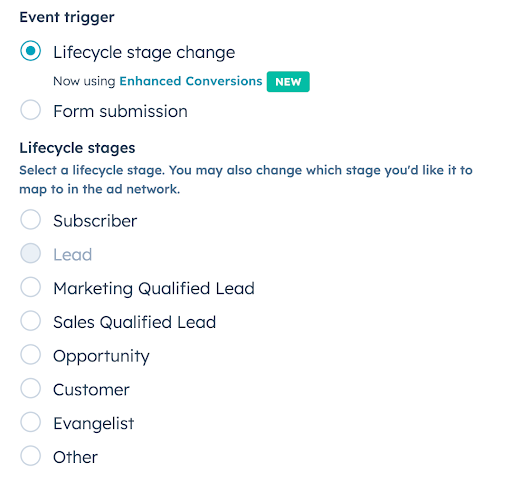5 Ways We’re Using Hubspot to Improve Targeting and Reporting
It seems like more and more of my clients are using Hubspot, and for good reason: HubSpot is a comprehensive inbound marketing, sales, and customer service platform that helps B2B SaaS companies attract, engage, and retain customers through tools for lead generation, CRM management, marketing automation, and analytics.
Why do marketers love it? Because of its native integrations to ad platforms and other tools, it can quickly unlock customer insights that marketers can use to improve targeting lead quality and user experience. For a digital marketing agency especially, it is easy to use out of the box.
HubSpot’s wealth of data and functionality can get a little overwhelming to people relatively new to the tool. Here are five tools/data points we use at Blackbird – and how they benefit our clients’ marketing strategies.
Website Visits
The Website Visits tool offers valuable insights into which companies are engaging with your site—without necessarily filling out a lead form. You can filter the data by traffic source, such as paid search or paid social. Additionally, the tool enriches the data with key company details like revenue and employee count.
Overall, this tool is an excellent resource for tracking company-level engagement, adding some texture to your agendas, and giving some directional insights into who you are reaching.
Forms & Landing Pages
Using HubSpot to build and test forms and landing pages is a game-changer for improving marketing performance. HubSpot is a seamless, all-in-one platform for creating, testing, and optimizing these key elements, making the entire process fast, easy, and efficient.
HubSpot’s consolidated nature enables you to quickly iterate and fine-tune your forms and landing pages to boost conversion rates, without the hassle of juggling multiple platforms. This streamlined approach helps you optimize your campaigns faster and with less complexity, driving better results.
Events - Lifecycle Changes - Traditional
I’m always surprised by how many clients aren’t using Lifecycle changes as key events to push back to Google Ads. To enhance lead quality in Google Ads, especially when leveraging automated bidding, it's crucial to show the algorithm which leads are valuable (which we do through tracking lead quality and assigning weighted revenue). This helps the system optimize more effectively by using better user signals when placing bids.
For example, when a lead is marked as an MQL based on their demographic or behavioral score, adding that as an event in your Google Ads optimization logic gives the algorithm better insight into what constitutes a "good" lead. This ultimately improves bidding efficiency and helps you drive higher-quality conversions.
Events - Lifecycle Changes - Demographic / Quality Indicators
A common limitation of relying solely on traditional lifecycle stages as conversion events is data density—essentially, if you’re only receiving a handful of SQLs a month, and you’re pushing those to Google to improve the targeting, is it helping? Short answer: not really.
As a way to get around that, we’re using proxy metrics like business email, customer type, or project size to trigger a Lifecycle stage, which we then push to Google. By providing the Google optimization logic with more data points, you give the algorithm stronger signals to optimize bidding and targeting, ultimately driving higher-quality leads that align with your business goals.
Segmented User Lists for Sequential Remarketing
Finally, we’ve started using dynamic contact fields in HubSpot to create contact lists, which we can then push to LinkedIn, Facebook, and Google for precise audience segmentation. This enables us to build highly responsive remarketing campaigns tailored to specific user behaviors.
It’s important to note here that the minimum audience size requirements can vary significantly across ad platforms. Depending on the volume of traffic you're attracting and how you're qualifying leads, your results may differ, but overall, this approach allows for more refined and effective remarketing strategies.
This is by no means a comprehensive list of HubSpot’s most impactful features; for example, custom attributes and dynamic audience lists allow for even greater precision in remarketing, ultimately boosting lead quality and conversion rates. What we often find at Blackbird is that clients are barely scratching the surface of HubSpot’s potential to refine performance in their campaigns, and it’s part of our charter as business partners to leverage the platform to find gains. If you’re interested in chatting about ways to put HubSpot for use in your marketing strategy, we’re at your service.



